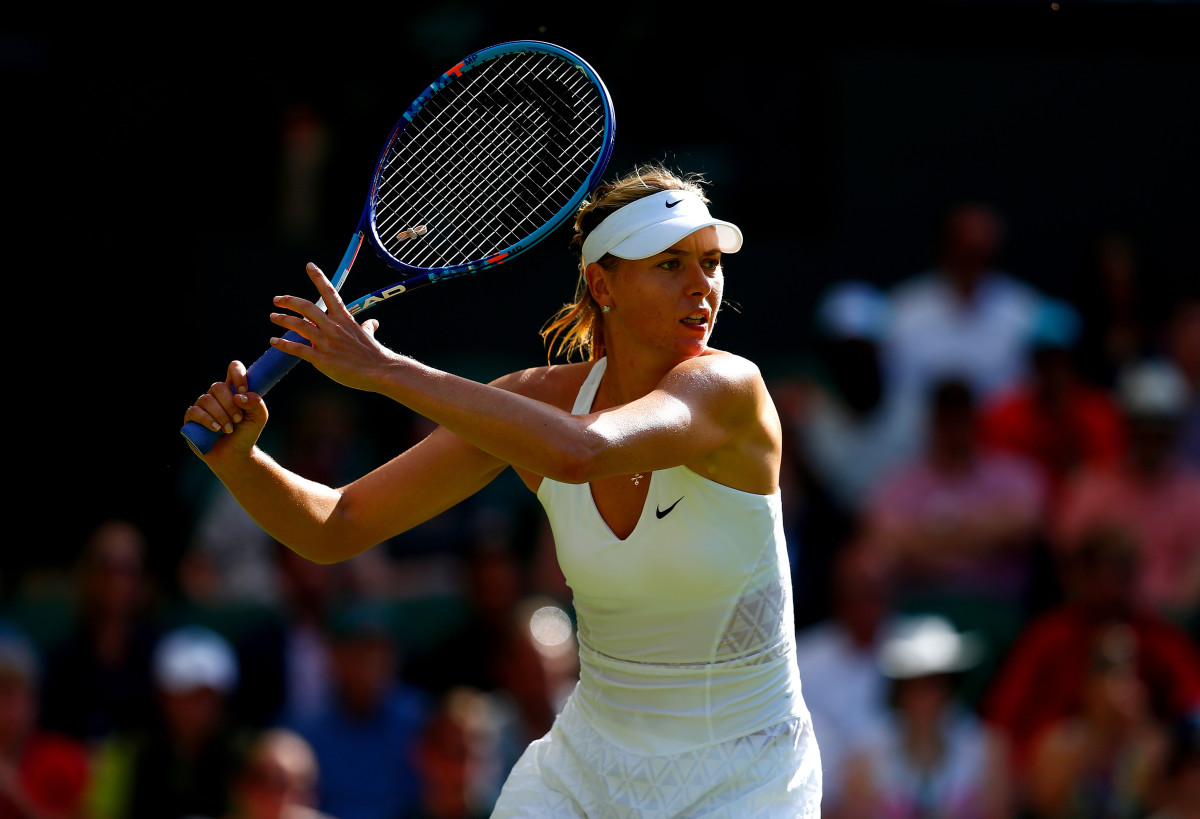2002 champ Lleyton Hewitt honored in loss at 17th and final Wimbledon

LONDON – When Lleyton Hewitt won the title here in 2002, he was all snarls, scowls and stares. Fueled by conflict, he picked fights with other players, coaches, administrators, agents, earth, the other eight planets—whatever could trigger tension. It wasn't a chip he had on his shoulder; it was a slab.
Again, that was more than a decade ago.
Day 1 recap: Williams sisters, Djokovic, Sharapova all win openers
Today? As hard it was to like Hewitt then, it’s comparably hard to dislike him now.
At age 34, he entered his 17th and final Wimbledon this afternoon. And he’s soldiered on because—as speed deserted him and time did its dance—his love of competition only intensified. He's nourished—more than ever— by standing across the net from the other guy. There’s honor in simply being out there, trying to win three sets before the other guy.
He didn’t do it today. Playing before a full house on Court 2, he fell in five sets to Jarkko Nieminen. (Tennis being into irony, Nieminen, too, announced that he is playing his final Wimbledon.) Pugnacious till the end, Hewitt saved match point after match point before capitulating 11-9 in the fifth set. It was fitting that his last singles match at Wimbledon was a battle, among the longest of his career.
The Case for Wildcards: Wimbledon 2015 mock men's doubles draw
As Hewitt has aged, he’s mellowed. He’s realized that an opponent doesn't have to be an enemy; he can simply be an adversary. Hewitt is a mentor to younger players, part of the social fabric of the locker room. The player he practiced with yesterday? Donald Young. And note that, technically, Hewitt will continue here. He is in the doubles with Thanasi Kokkinakis, a 19-year-old from Adelaide.
A savvy observer of the sport, Hewitt is destined for a long and successful commentary career. Hewitt, who once liked interacting with the media the way cats like bathing, made the media rounds, speaking candidly about his day and his career.
Overall, you’re left with the unmistakable image of a professional, the very definition of an athlete you’re drawn to support. Sure, it’s too bad Hewitt wasn’t this easy to admire when he was at the top. But, you might say: better Lleyton never.
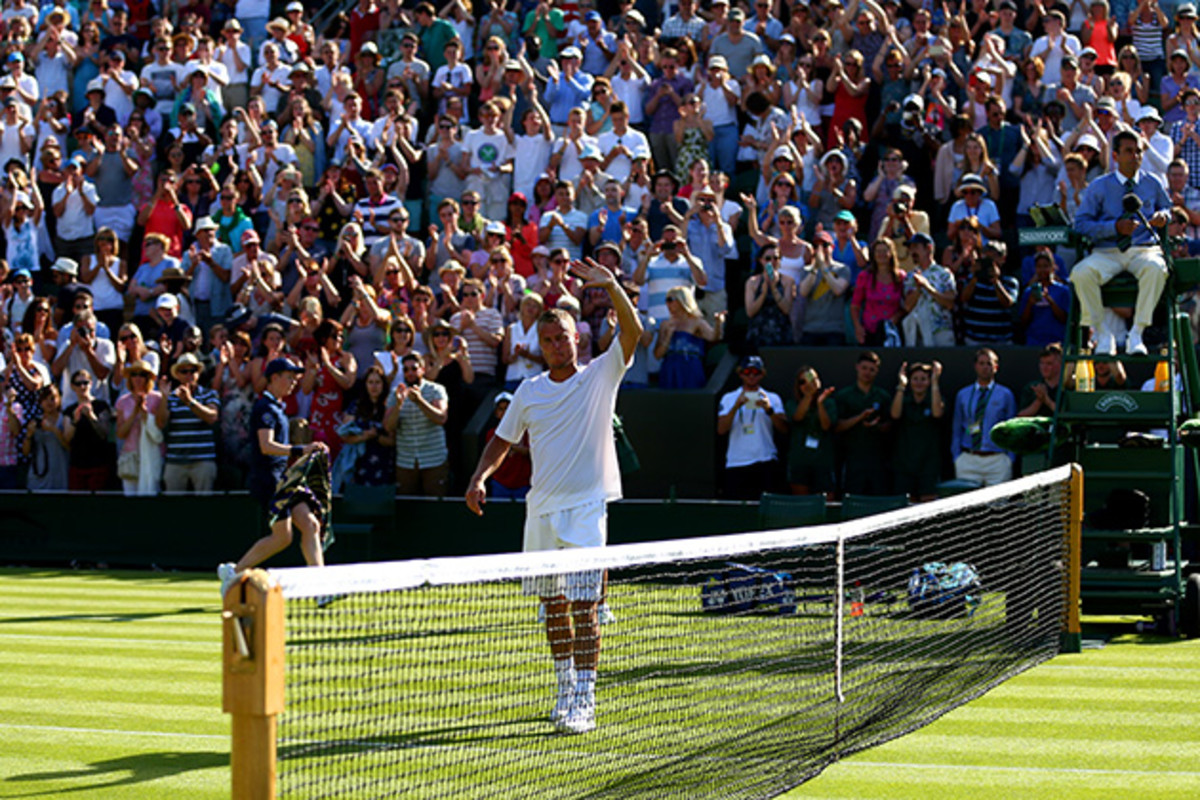
Five thoughts from Day 1
1) Much was made of Novak Djokovic’s “unfortunate” first round draw. As a seed, he drew the high-ranked opponent possible, No. 33 Philipp Kohlschreiber. (Had David Ferrer withdrew a few hours earlier, Kohlschreiber would have been seeded and Djokovic would have drawn a lucky loser.) But all this may have been a disguised blessing. In his first match since that stinging French Open final, Djokovic played efficient, opportunistic tennis. Bleaching drama from what could have been a dramatic match, he prevailed in straight sets.
Daily Data Viz: Serve, return of serve stats show shift over the last 25 years
2) Serena Williams played her part today. Exiled to Court One (more on that later), Serena was not at her sharpest. But since when does that matter? She has lost one first round Grand Slam match her entire career. That record wouldn't budge. After losing an early break, Serena woke up and rolled Russian qualifier Margarita Gasparyan.
3) Nice to see 37-year-old Tommy Haas, playing his first major in more than a year, make surprisingly easy work out of Dusan Lajovic. Next up: Milos Raonic.
4) Wimbledon doesn’t mess around with its scheduling. With no night sessions and the persistent threat of rain, the matches get moving. Today’s docket featured doubles as well as singles. Both top seeds were through with their workout before 3 p.m. One consequence: this tournament is alone in offering a much-appreciated day of rest on the middle Sunday.
5) Here’s your Daily Data Visualization. Remember this as the event progress. Look at the top-ranked returners and realize you're also looking at the top-ranked players.
A little Q/A
Along with sister Venus, Serena Williams is the most recent female player to have held all four Grand Slam Doubles titles at the same time (2009-2010). She is also the most recent player, male or female, to have held all four Grand Slam Singles titles at the same time (2002-2003). The expectation now is for her to win Wimbledon and repeat the “Serena Slam” more than ten years after she did it the first time, and then to casually march over to New York and win THE Grand Slam for the FIRST time in her career—also, for the first time in almost THIRTY years since Graf did it in 1988. And wakey! wakey!, what do you know, she would also tie Graf's record haul of 22 majors, and share the podium finish for MOST grand slams won in the Open Era. Seriously guys, really? Give her a break already. It's a tennis racquet, not a magic wand. I can't take this pressure.
—Charith Nag
Wimbledon Day 2: Three of ATP's Big Four, Kvitova in action
• We talked about this on the air tonight: a Grand Slam in tennis—in a calendar year or a proper year—is such an underrated achievement. Twenty-eight straight Grand Slam wins? When one off-day would end the streak? On different surfaces and against different opponents? When your sister—and all the weight/freight that comes with it—is in your section?
Lots of question today by the way about Serena’s court assignment. Despite being the top seed, a five-time champ and leading light in the women’s game, she played on Court One. Meanwhile on Centre Court, Maria Sharapova followed Djokovic. I don’t disagree that Serena has been treated discourteously here in the past. But I wouldn't read too much into this. For one, every top player is slated to play Court One hat least once. Why not get it over early. Also, Sharapova’s opponent was British. You could argue either way here, but I don't see this as a big deal.
With Wimbledon starting one week later there will never a chance to have a Fourt of July finals between two Americans, a la Sampras vs. Courier.Won't it be also prudent with this schedule change to move Newport between French Open and Wimbledon? I feel the American players could come home and practice at home and then play a grass court tourney in our own country before heading back across the pond. With American men hardly lasting in the deeper section of the French Open, its also easy on their pockets to come home sooner, practice at home, and get warmed up on a good grass court tournament before heading back to the big one. That way, Newport that gets better too and maybe it can even become an ATP 500 tourney—a win for both the tournament and the American players in my mind.
—Subhadeep
Inside the year-long process to prepare the Wimbledon grass courts
• Very interesting. And you're right. A) it makes more sense to hold a grass court event before Wimbledon rather than after. 2) Americans would play. I was talking to Jack Sock in Paris and—echoing most Americans—he said that if there had only been a two-week gap, he would have considered staying in Europe. But with three weeks, he headed back to the States. So, sure, plop a U.S.-based grass court event in between the French Open and Wimbledon.
The issue with Newport: the tournament is held in concert with the Hall of Fame Induction Ceremony. Getting players would be one thing. Getting honorees to come would be more difficult.
Since it is now a two-year drought since a British man has won Wimbledon, in what order do you think these other Grand Slam national futility streaks will be broken? Will any reach 76 years?
1: Australian Open, Aussie Man: 1976, Mark Edmondson
2: Australian Open, Aussie Woman: 1978, Chris O'Neil
3: French Open, French Man: 1983, Yannick Noah
4: Wimbledon, British Woman: 1977, Virginia Wade
5: U.S. Open, American Man: 2003, Andy Roddick
—Ken Wells, Clare, South Australia
• Good question. Statistically, given the geographic concentration (which is say, dilution) of players now, that 39-year drought doesn't seem so extreme.
SNAPSHOTS FROM DAY 1
Wimbledon Day 1
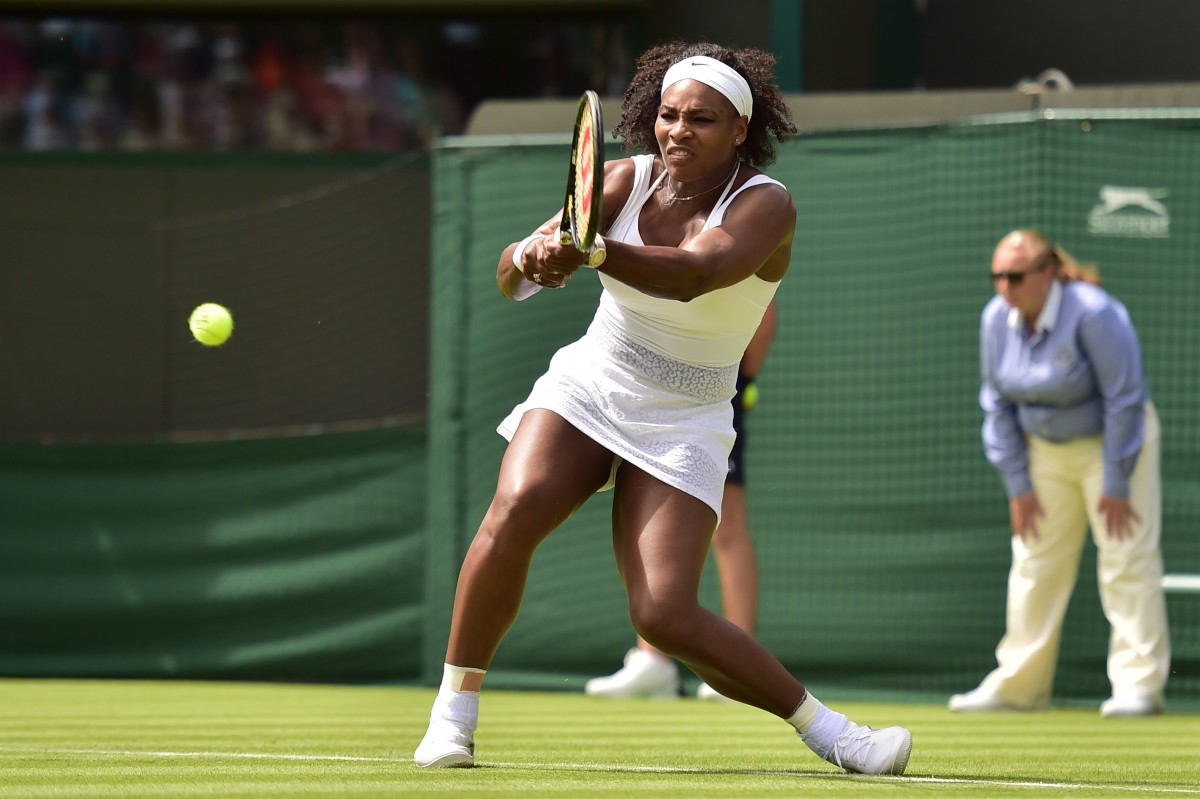
CoCo Vandeweghe
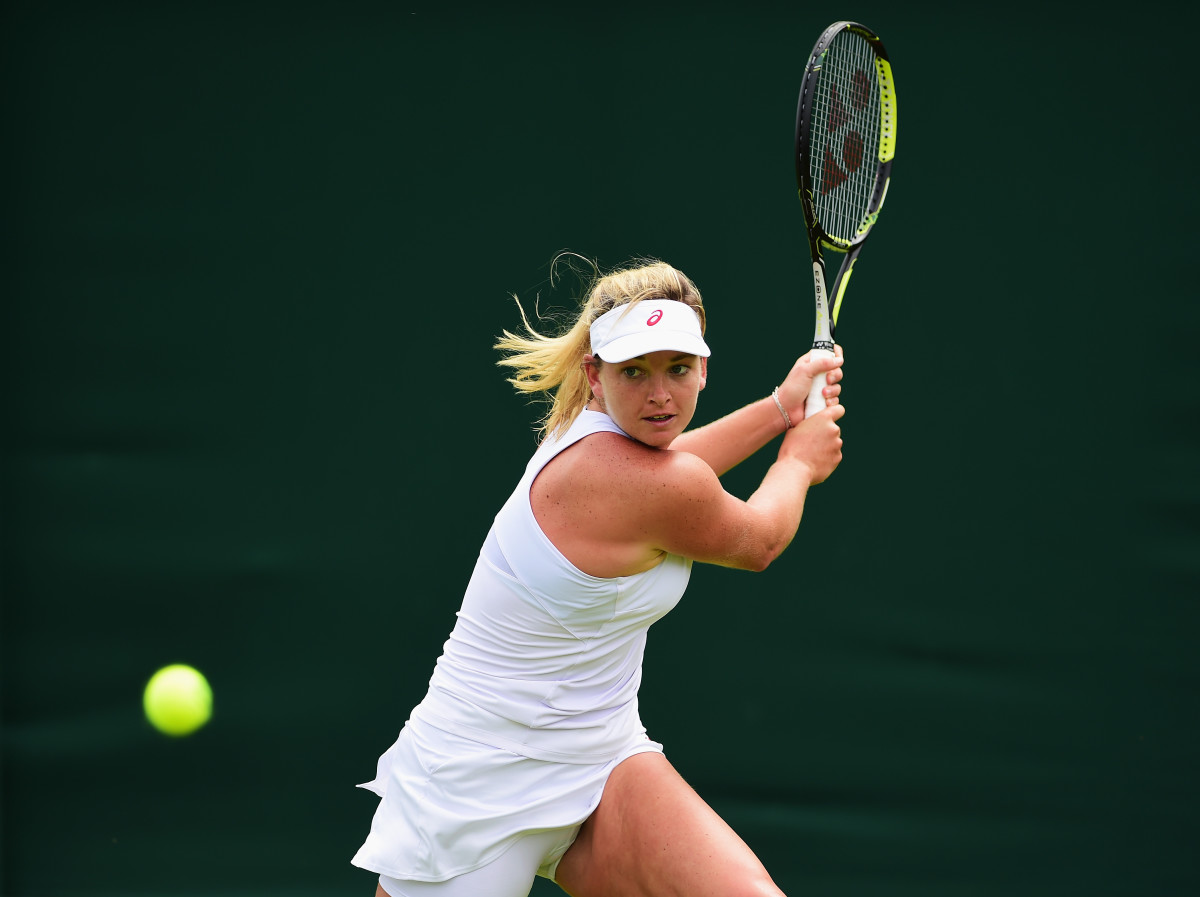
Margarita Gasparyan
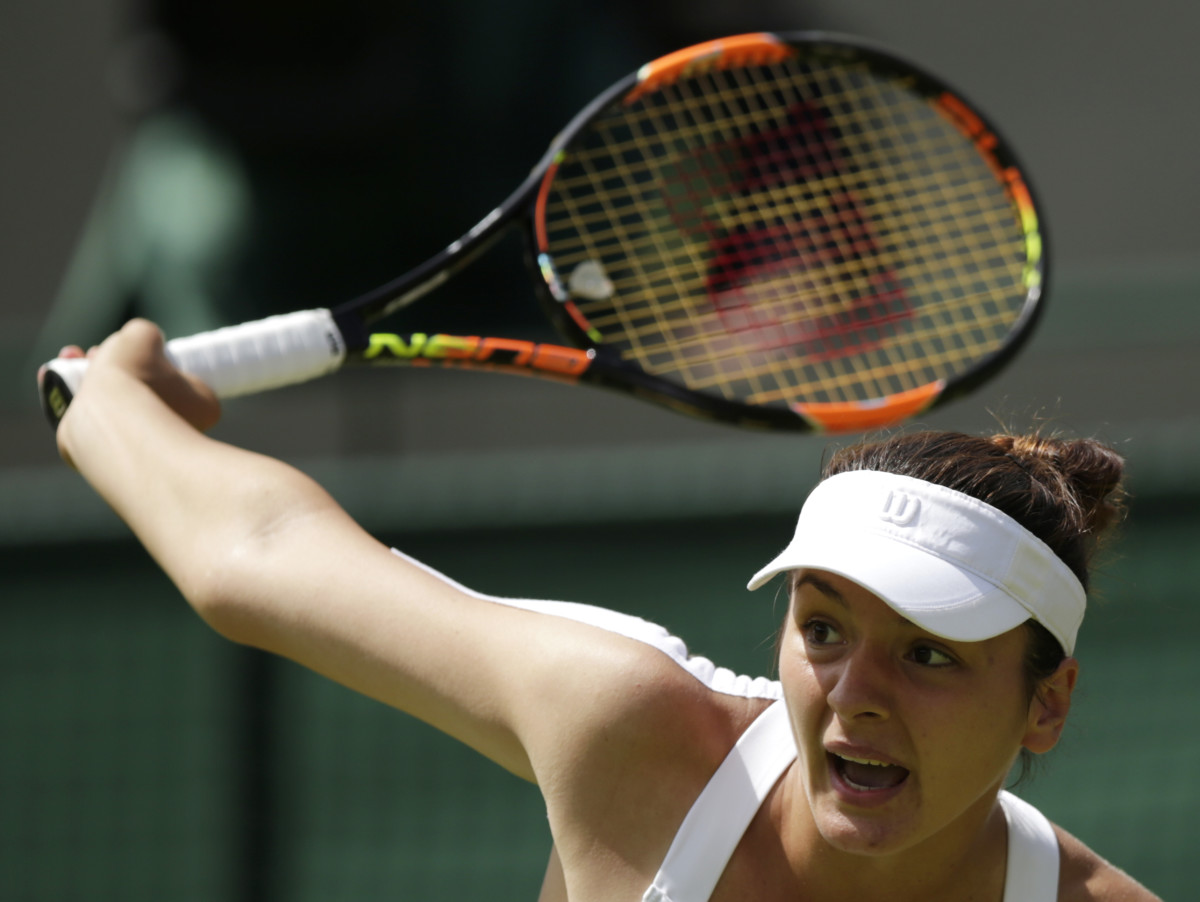
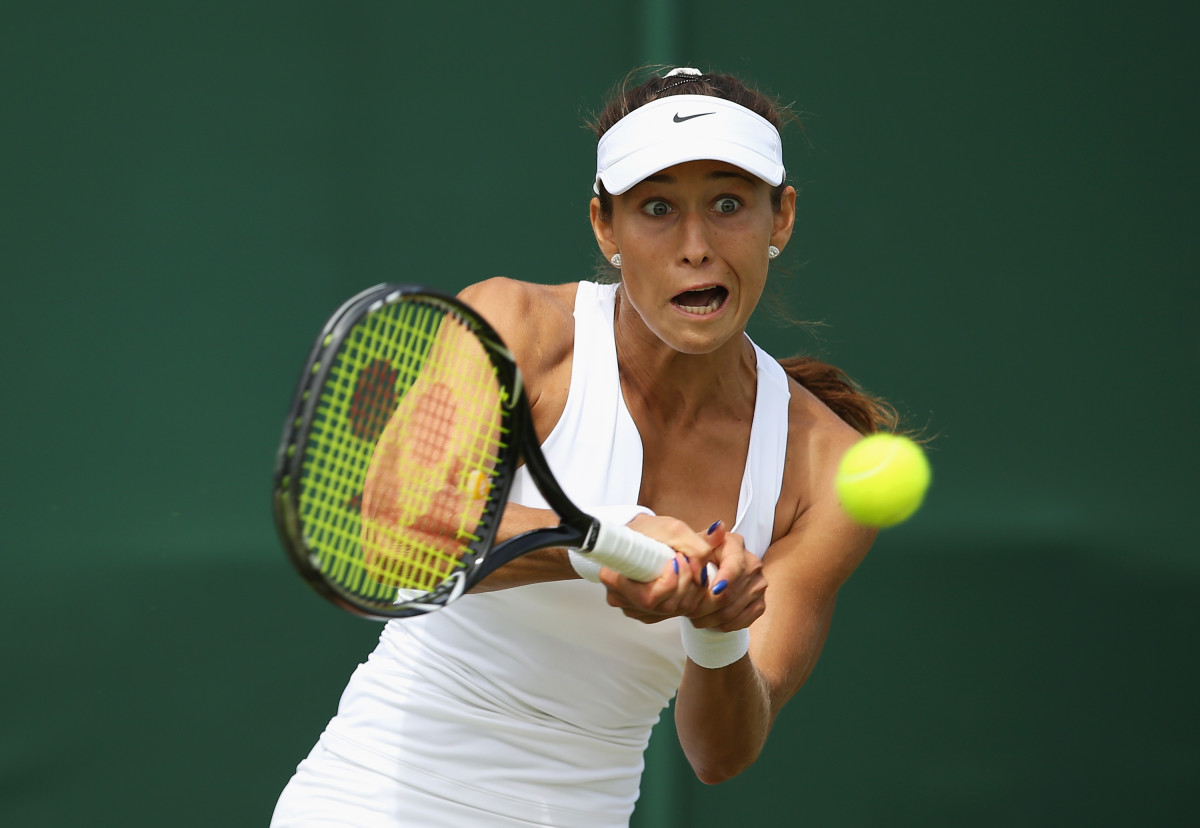
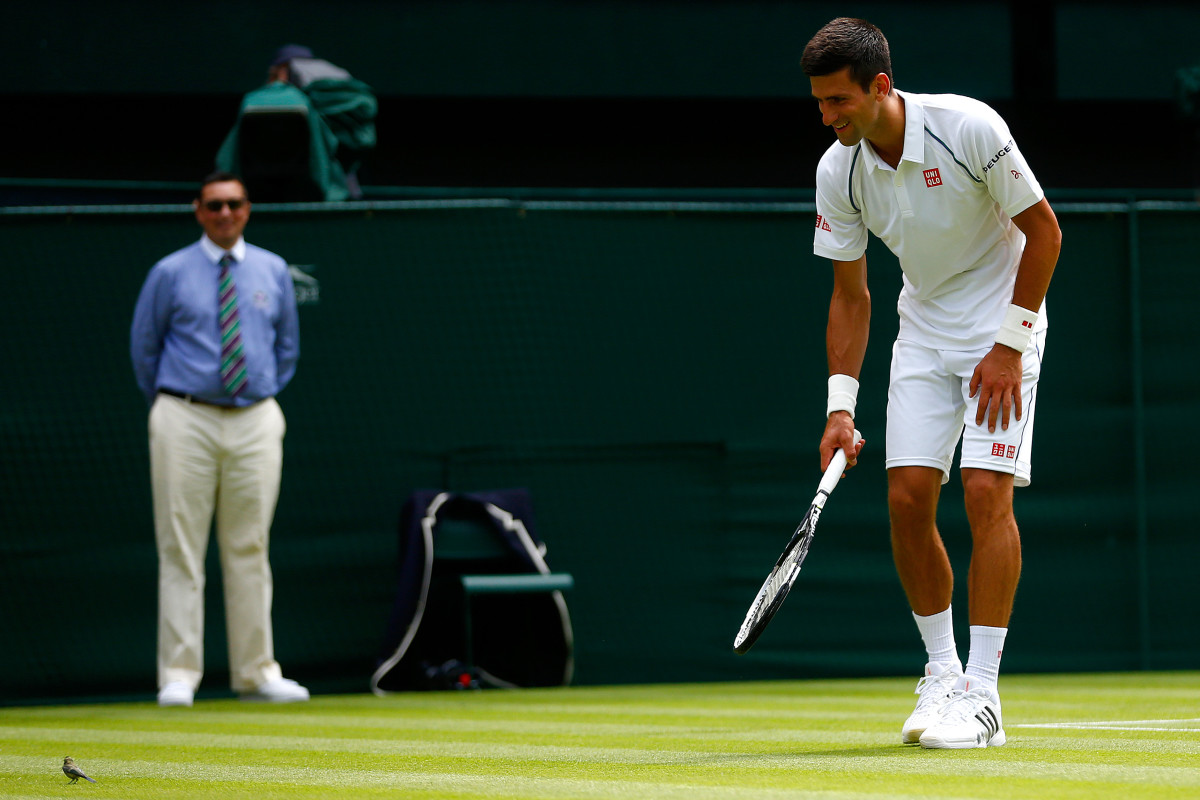
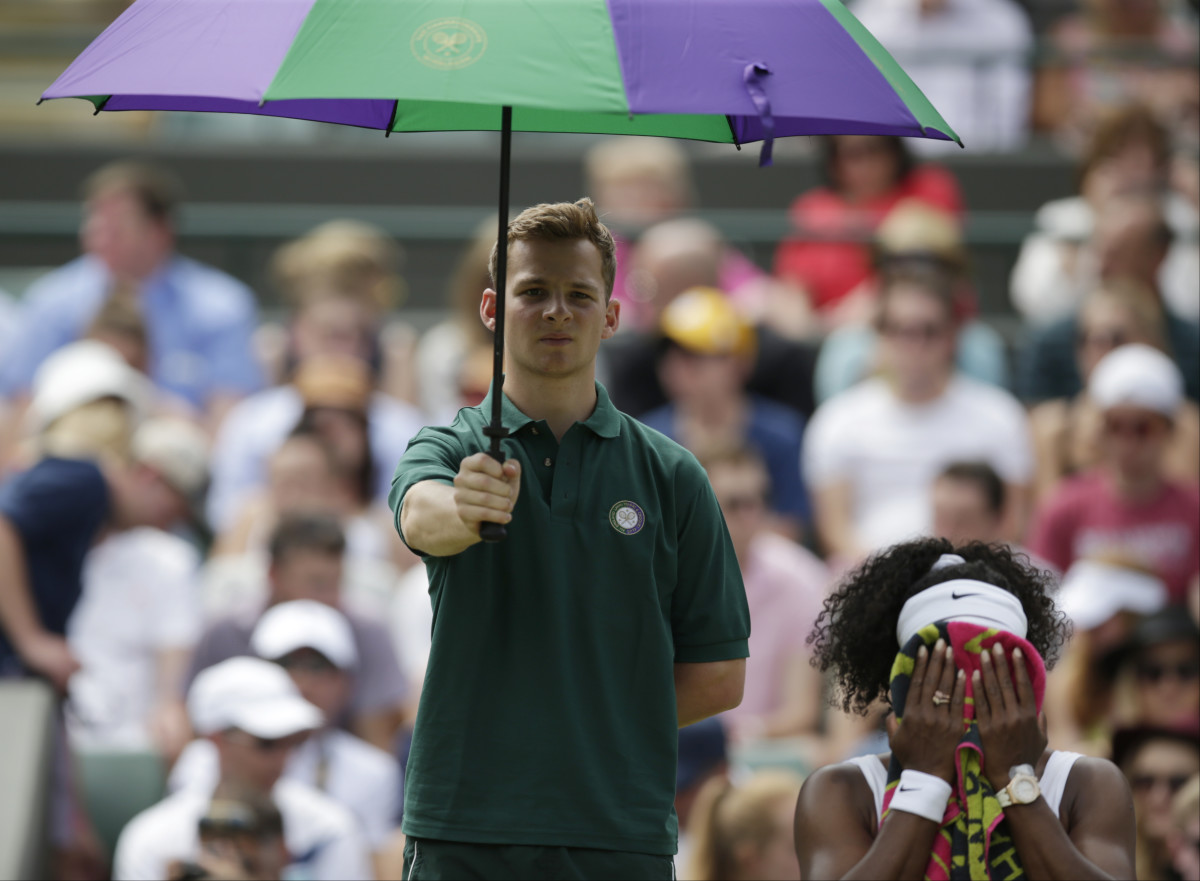
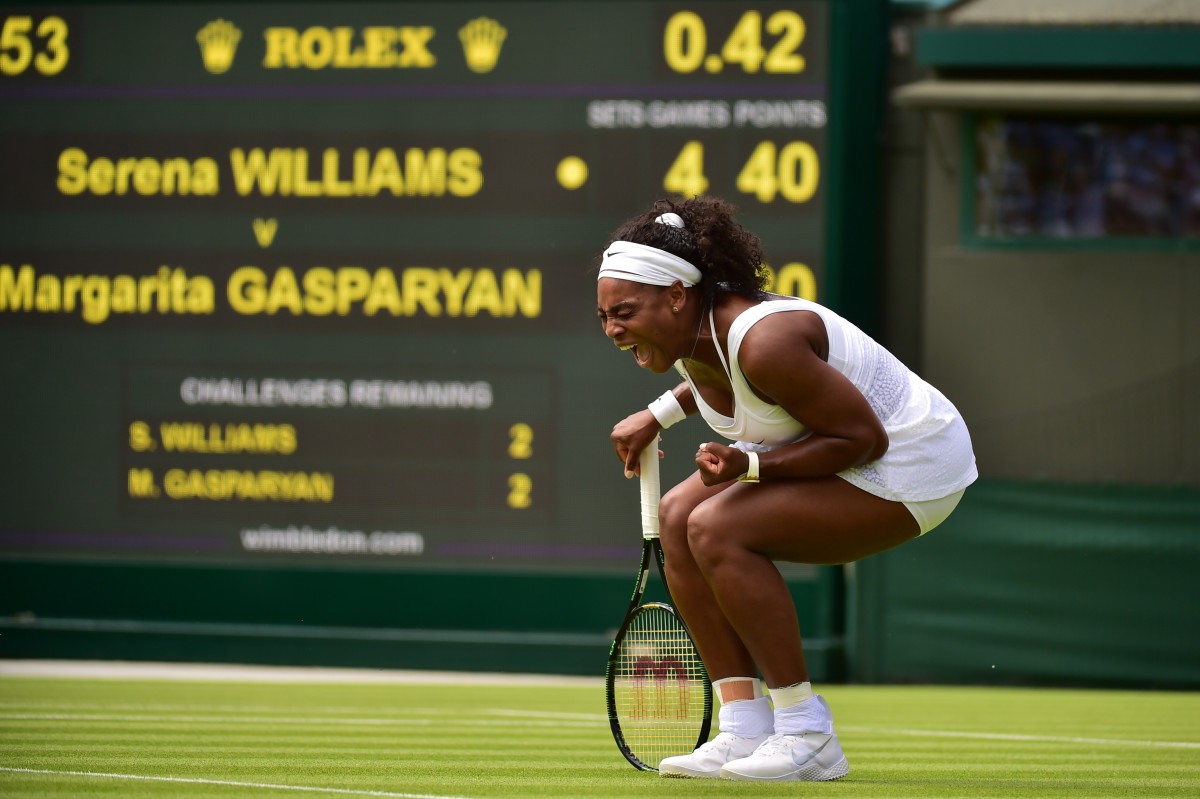
Novak Djokovic
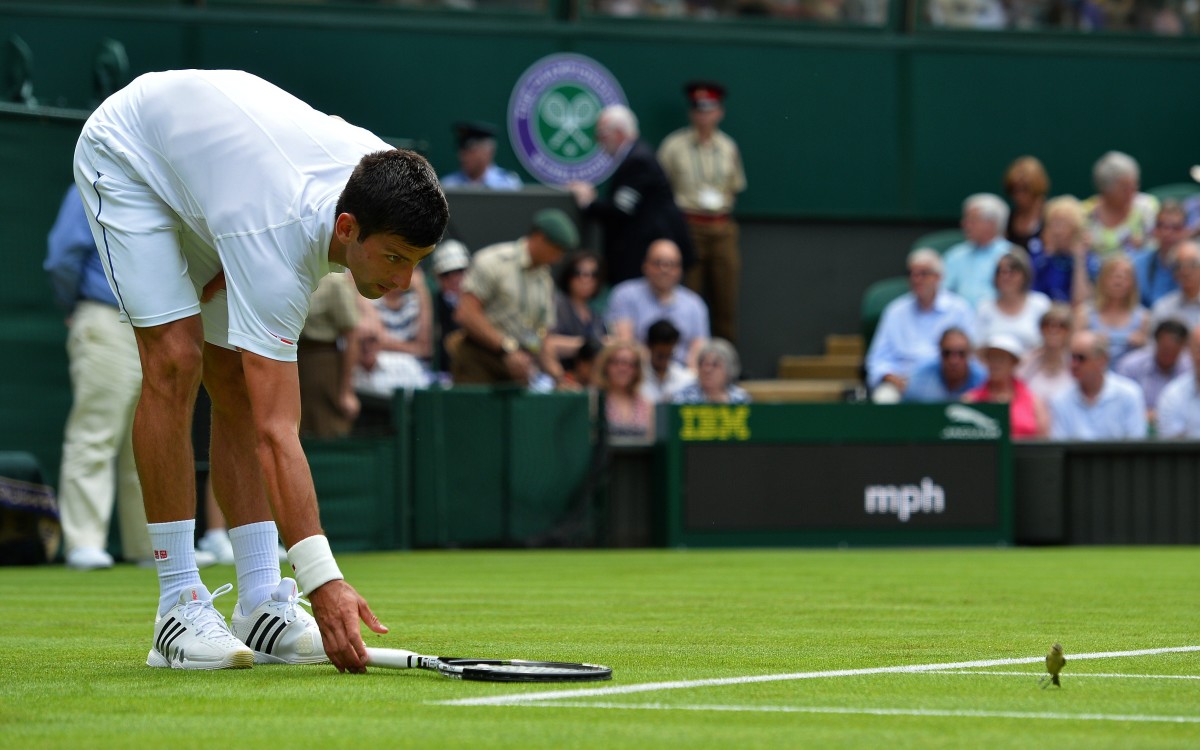
Serena Williams
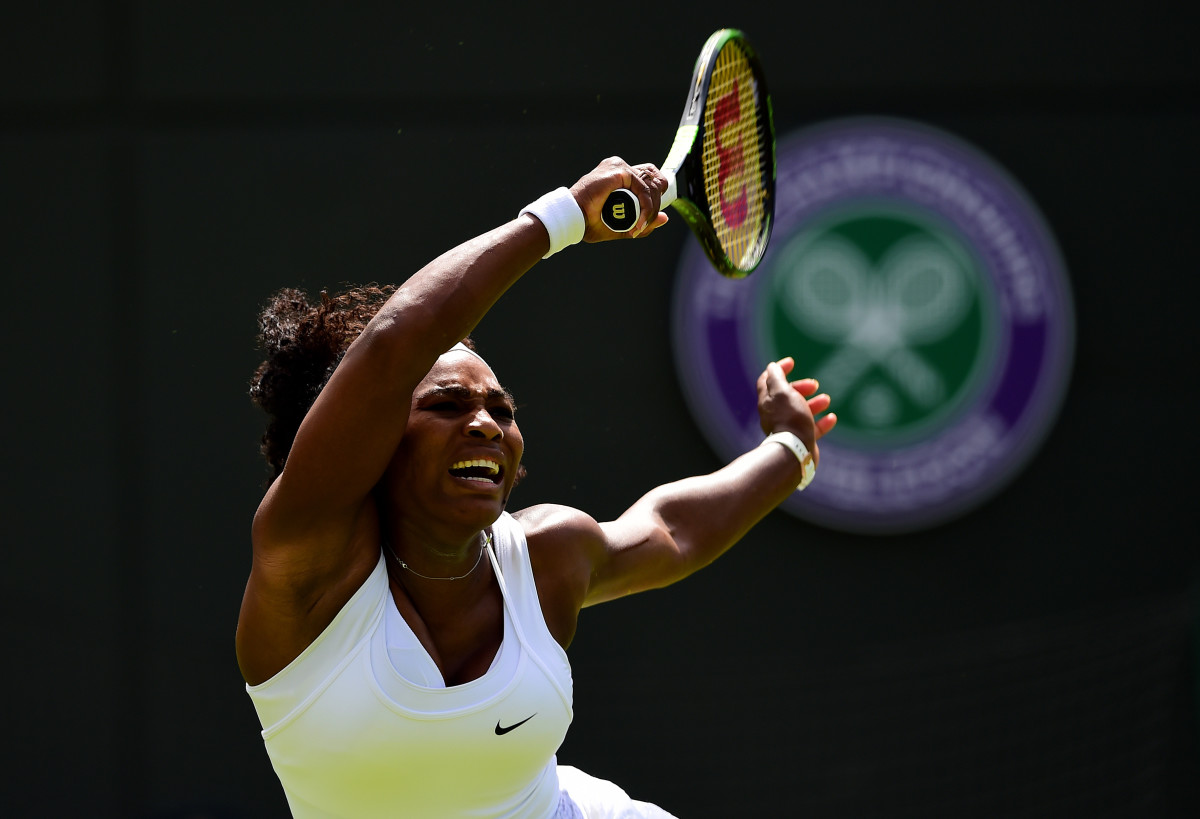
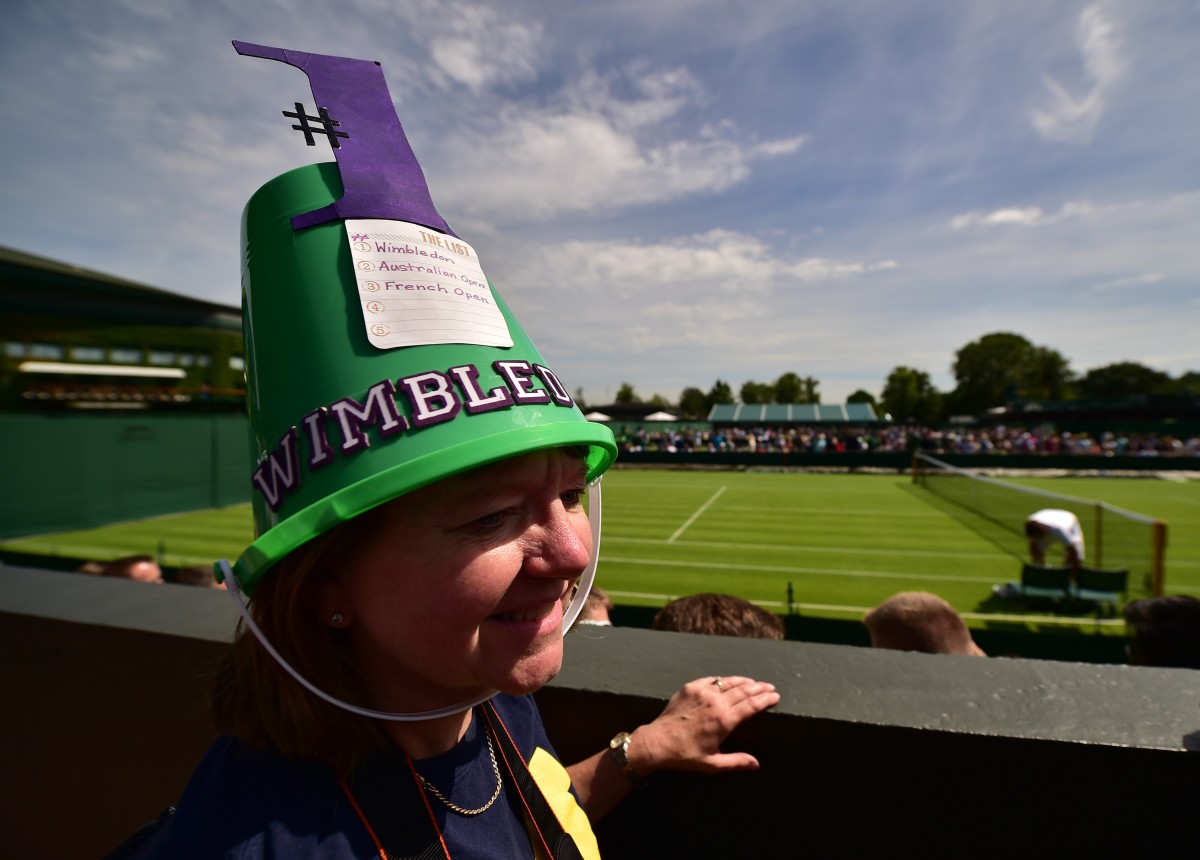
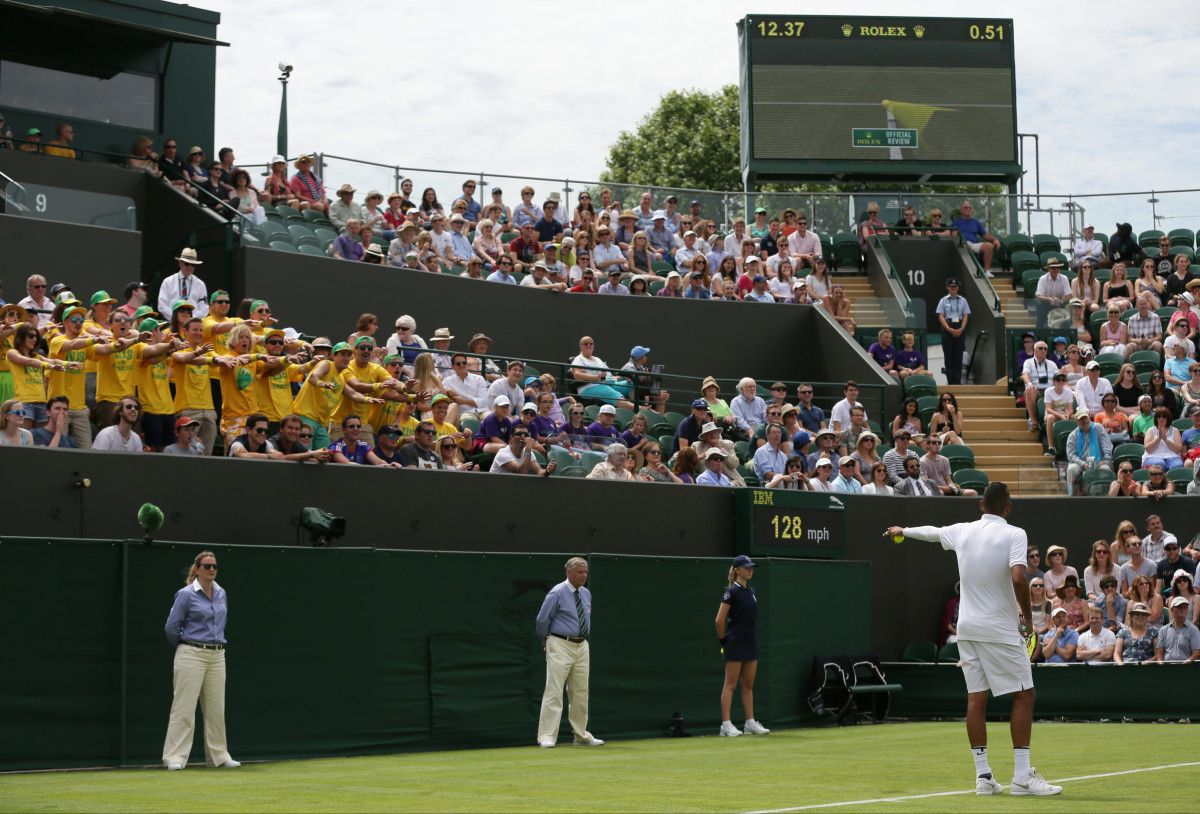
Nick Kyrgios
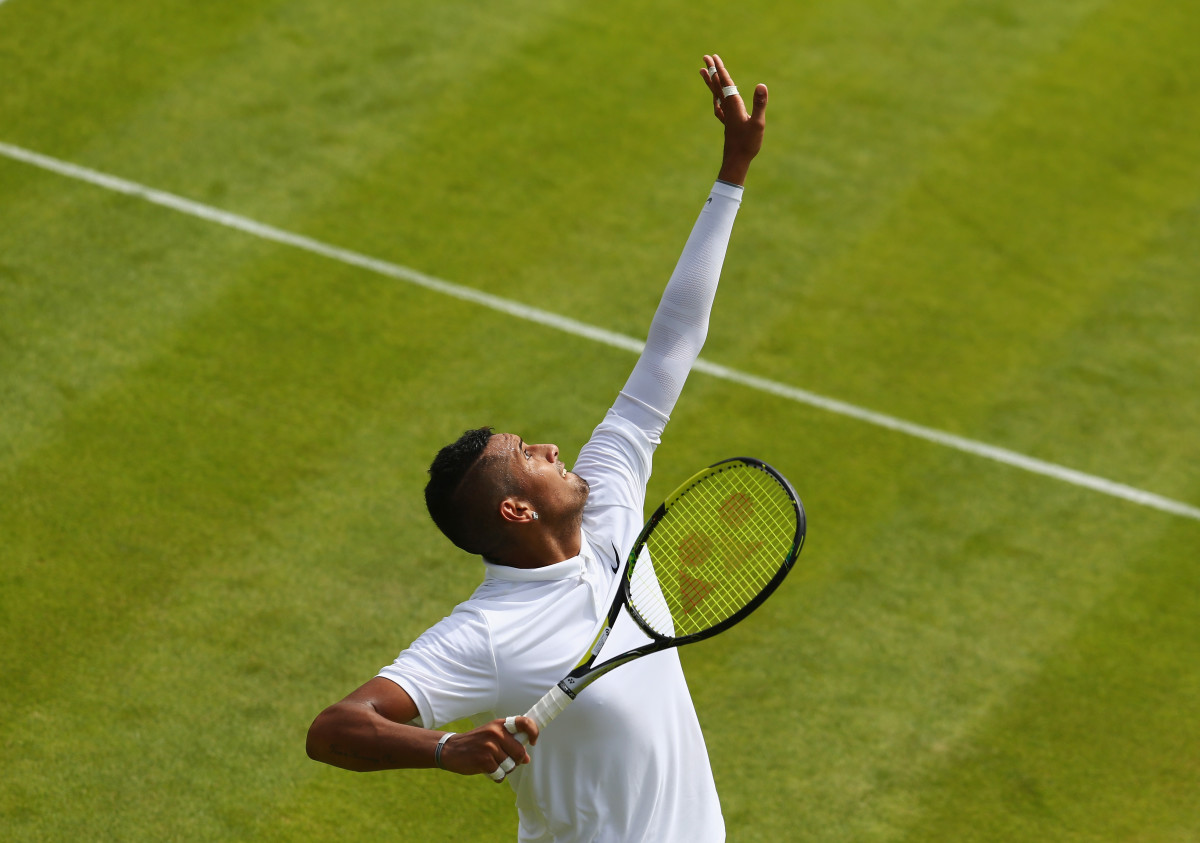
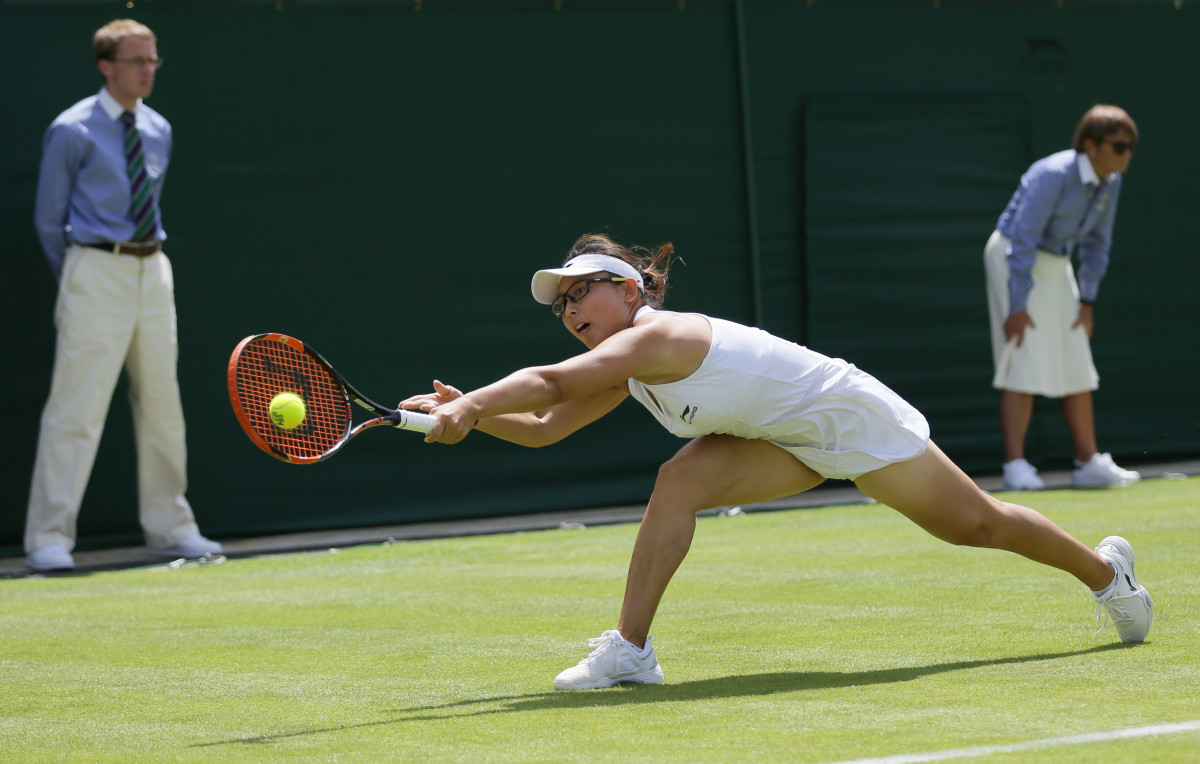
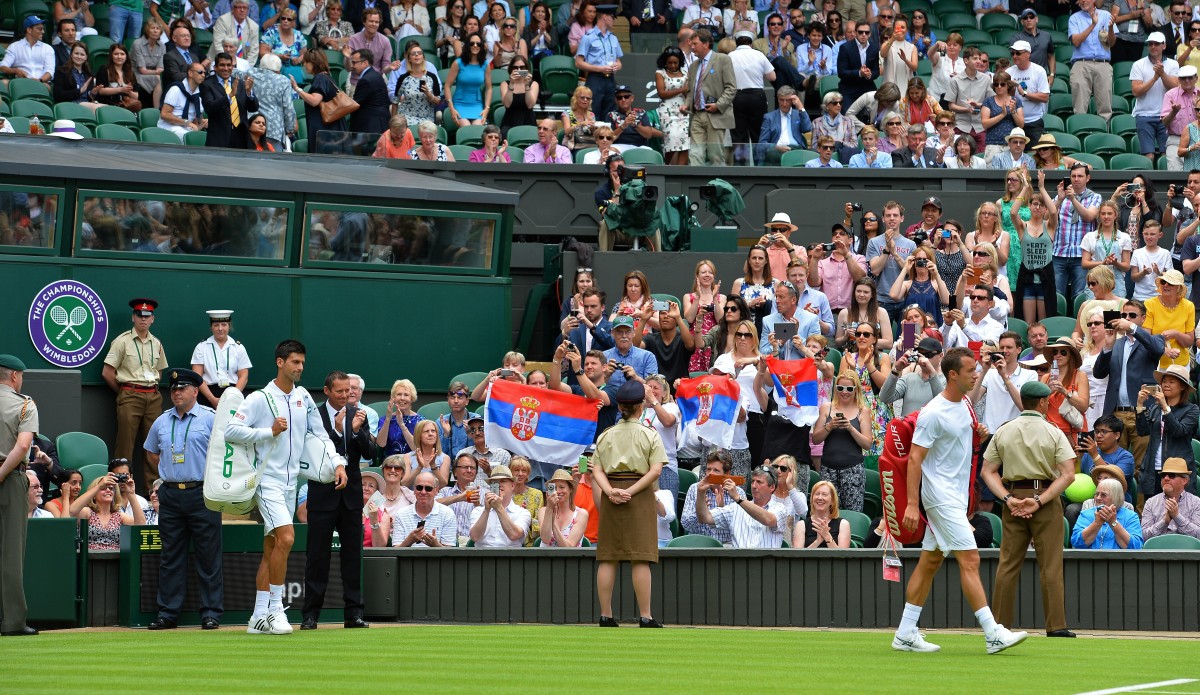
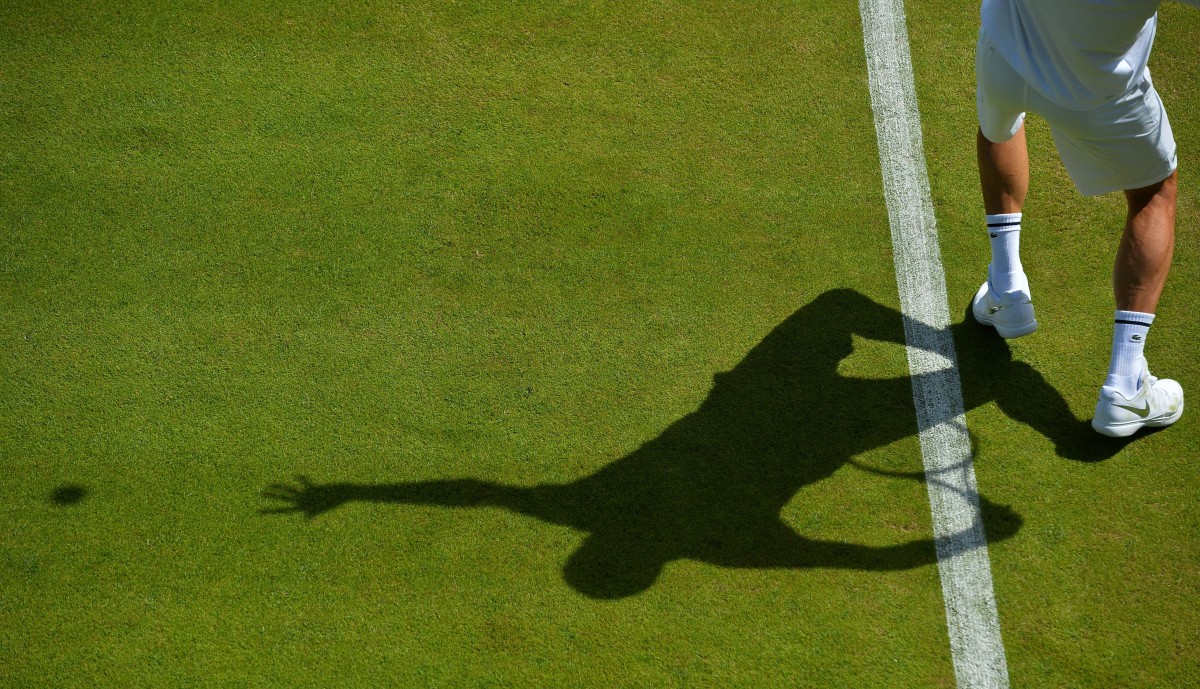
Bethanie-Mattek Sands
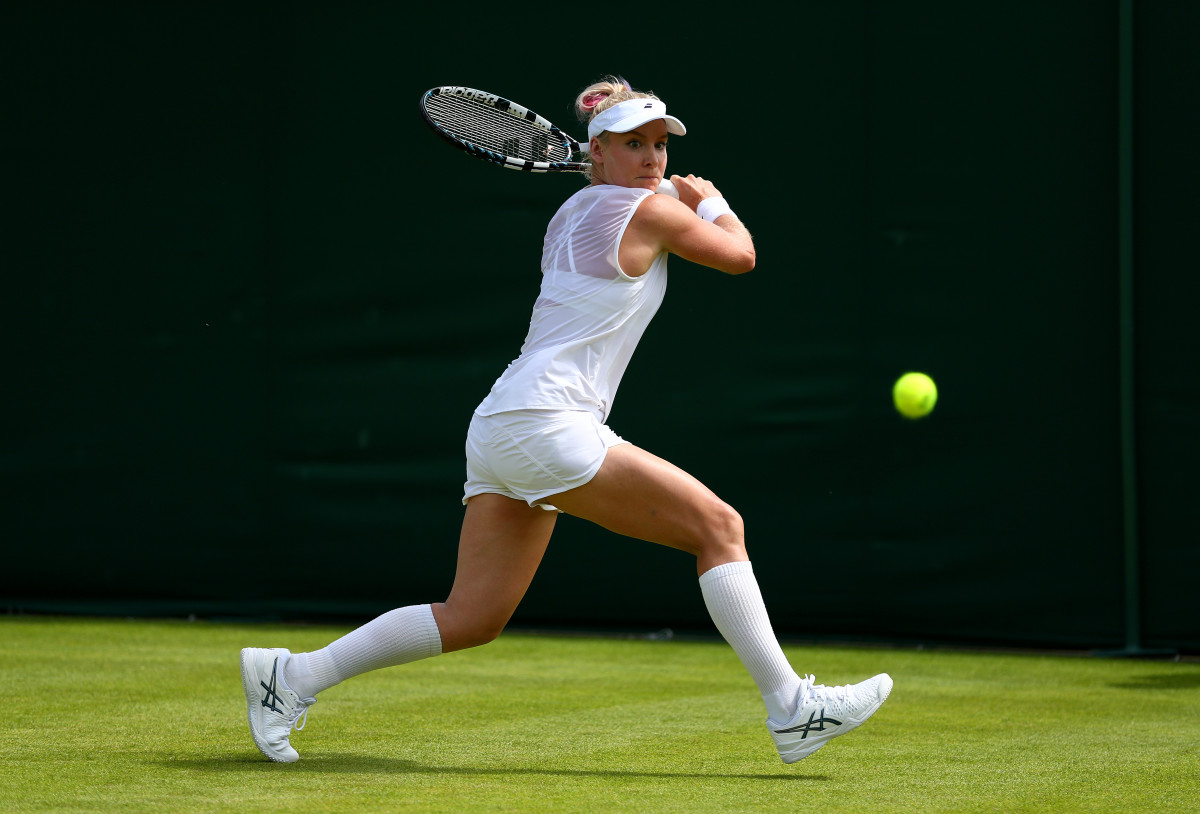
Milos Raonic
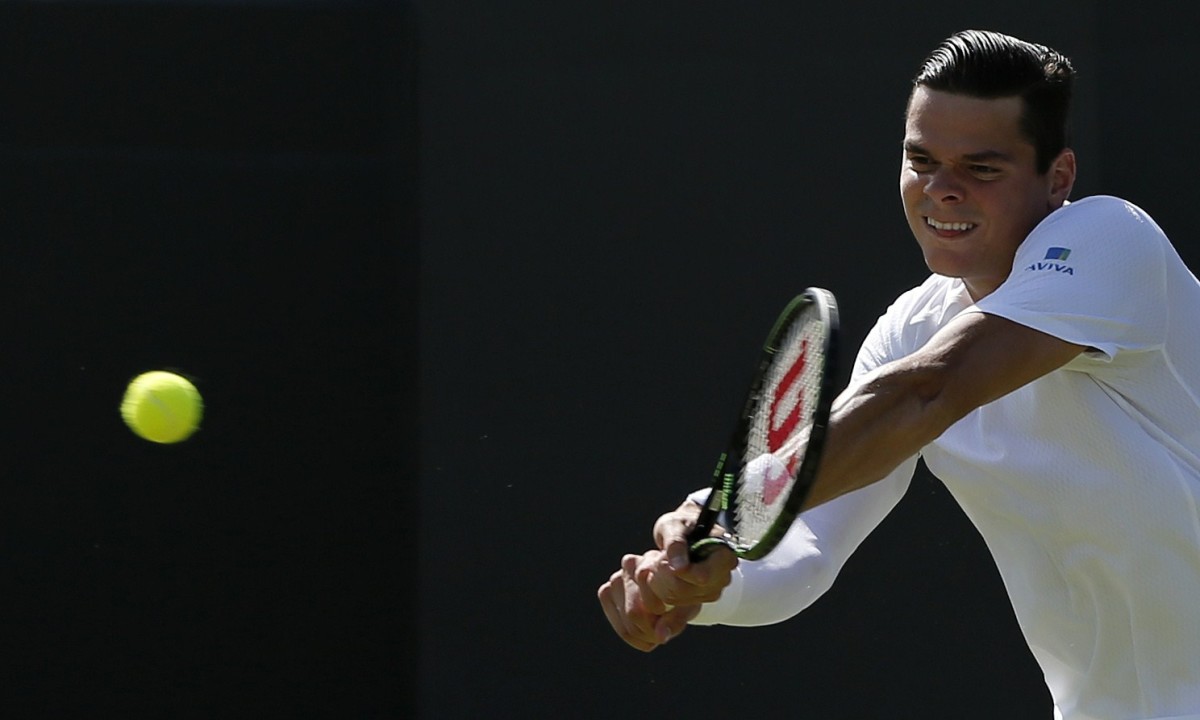
Daniel Gimeno-Traver
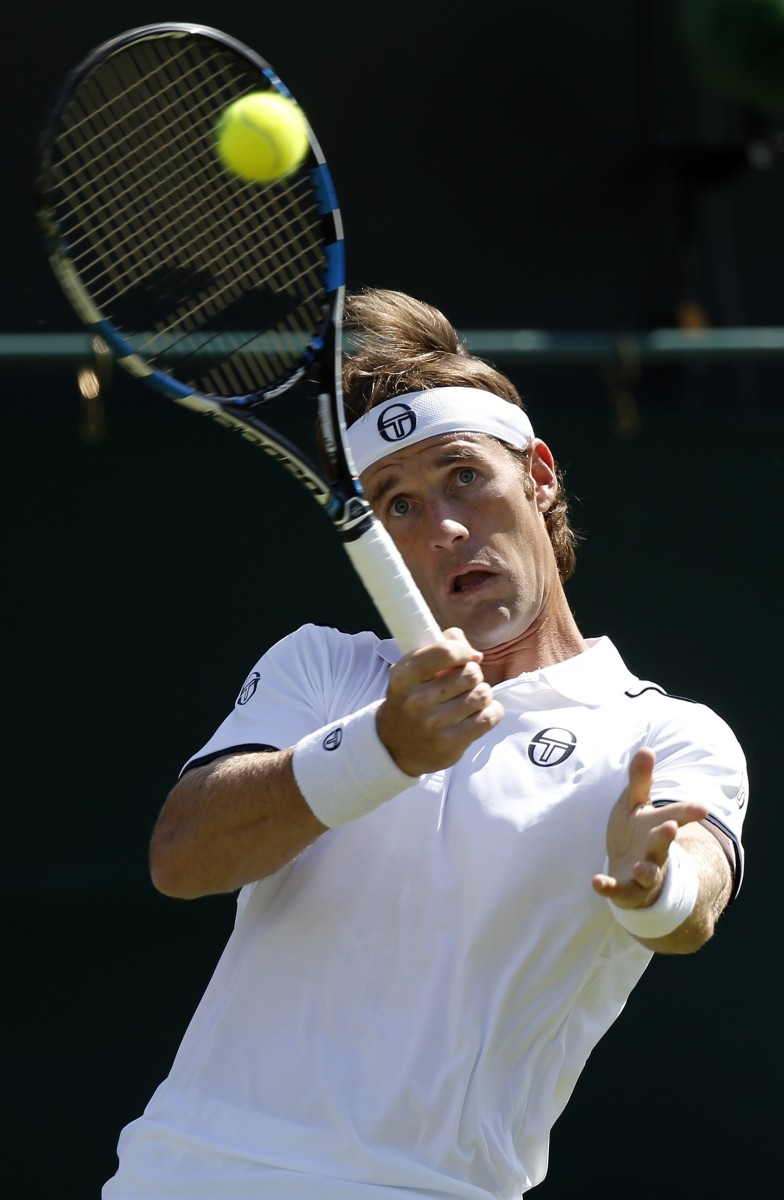
Francesca Schiavone
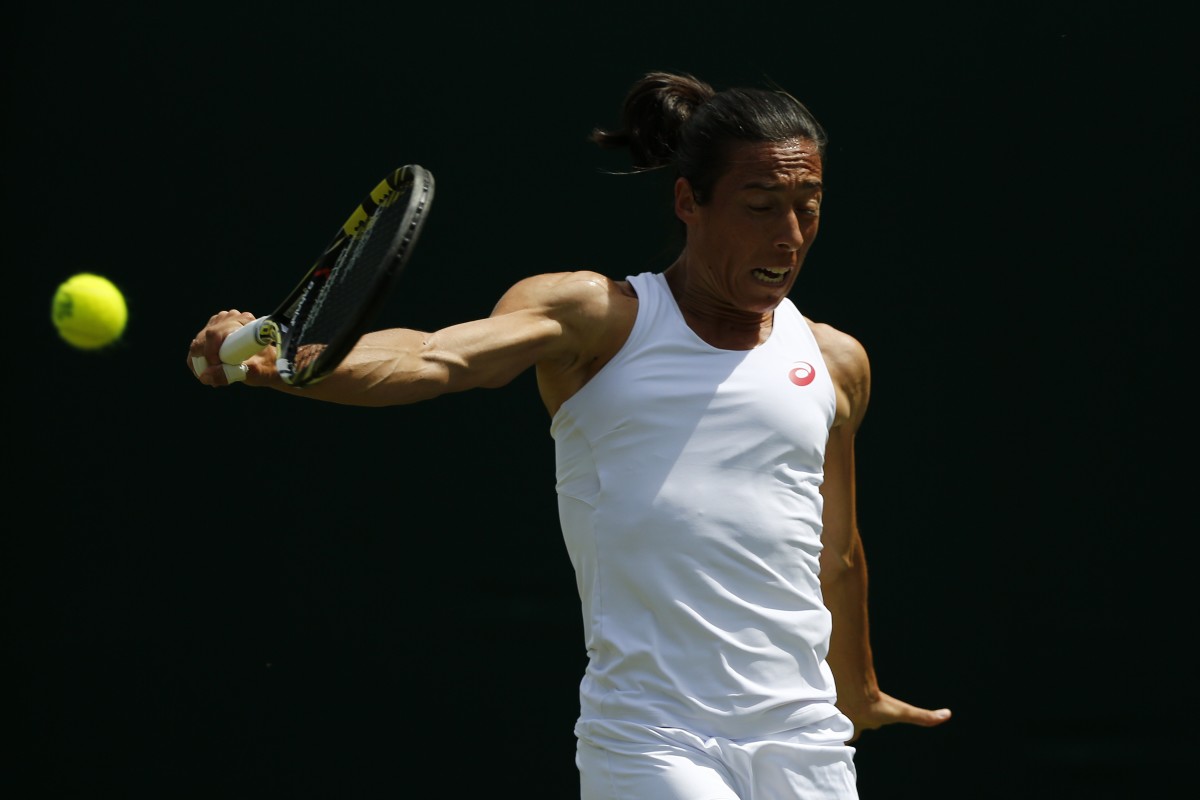
Marinko Matosevic
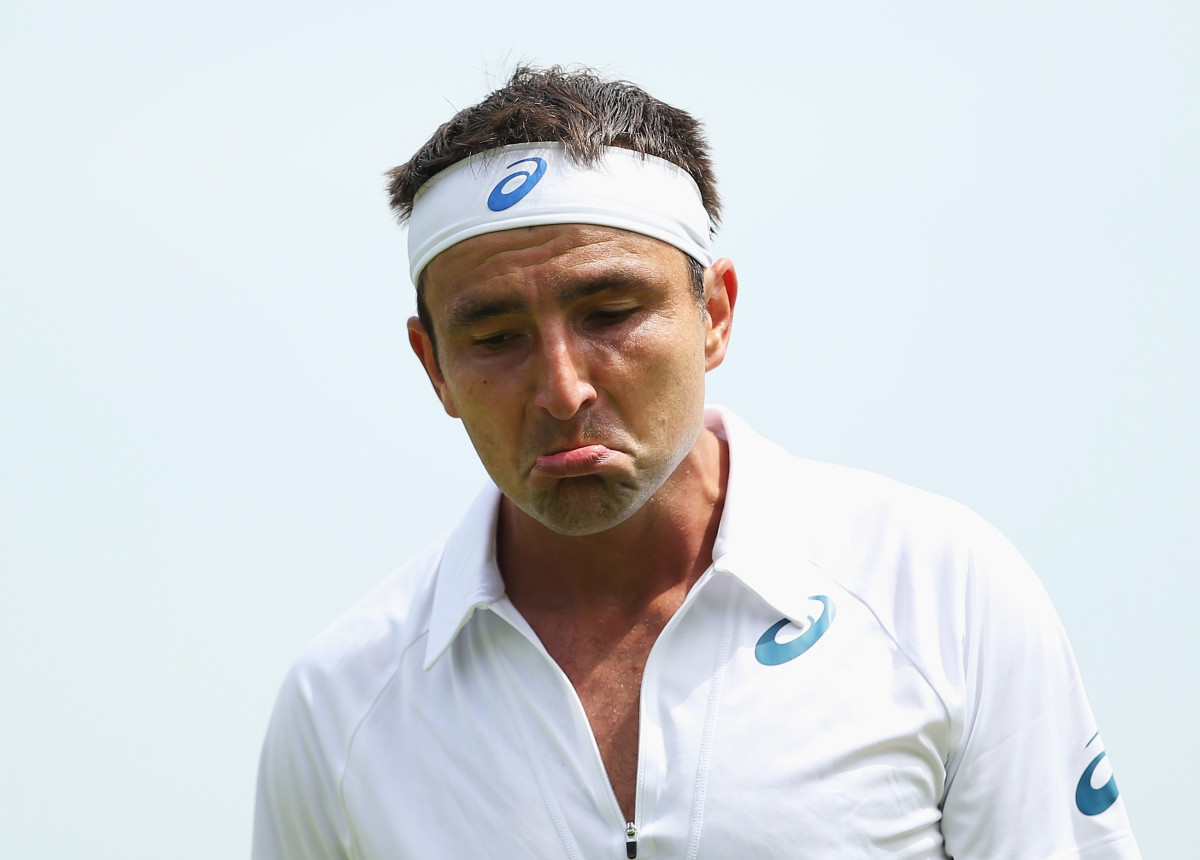
Maria Sharapova
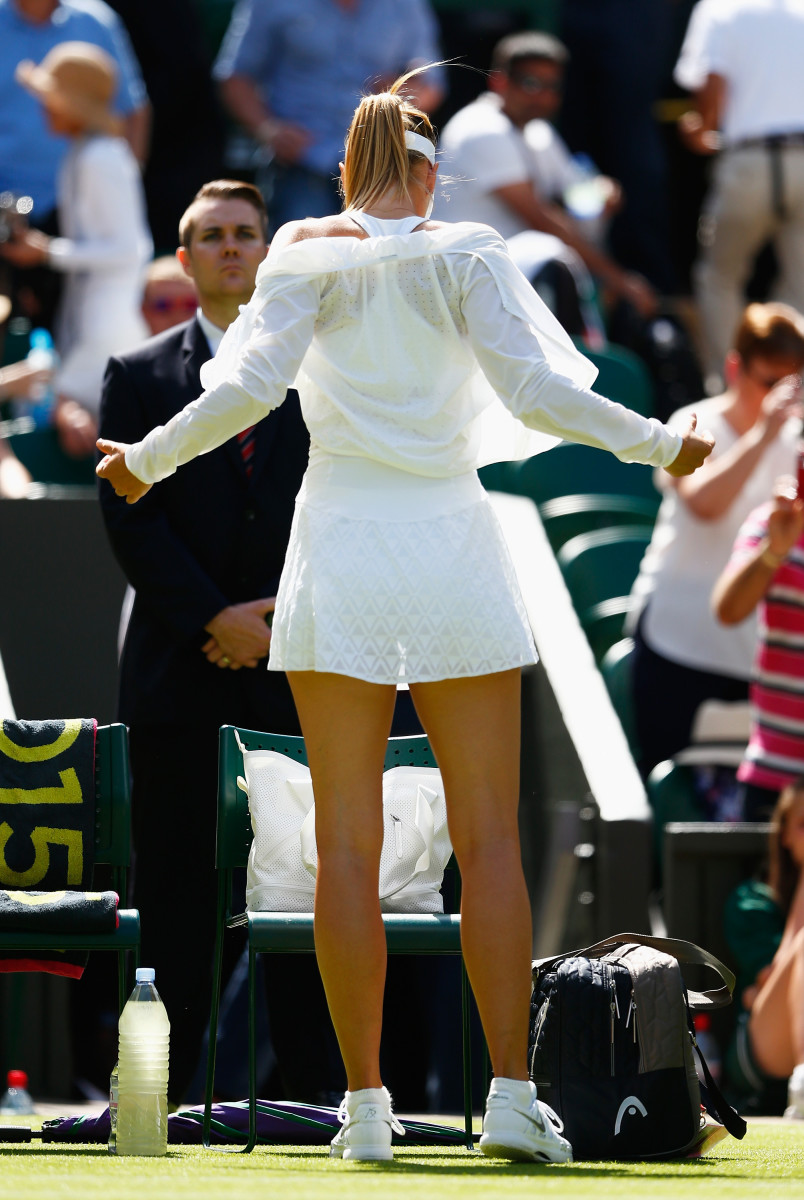
Stan Wawrinka
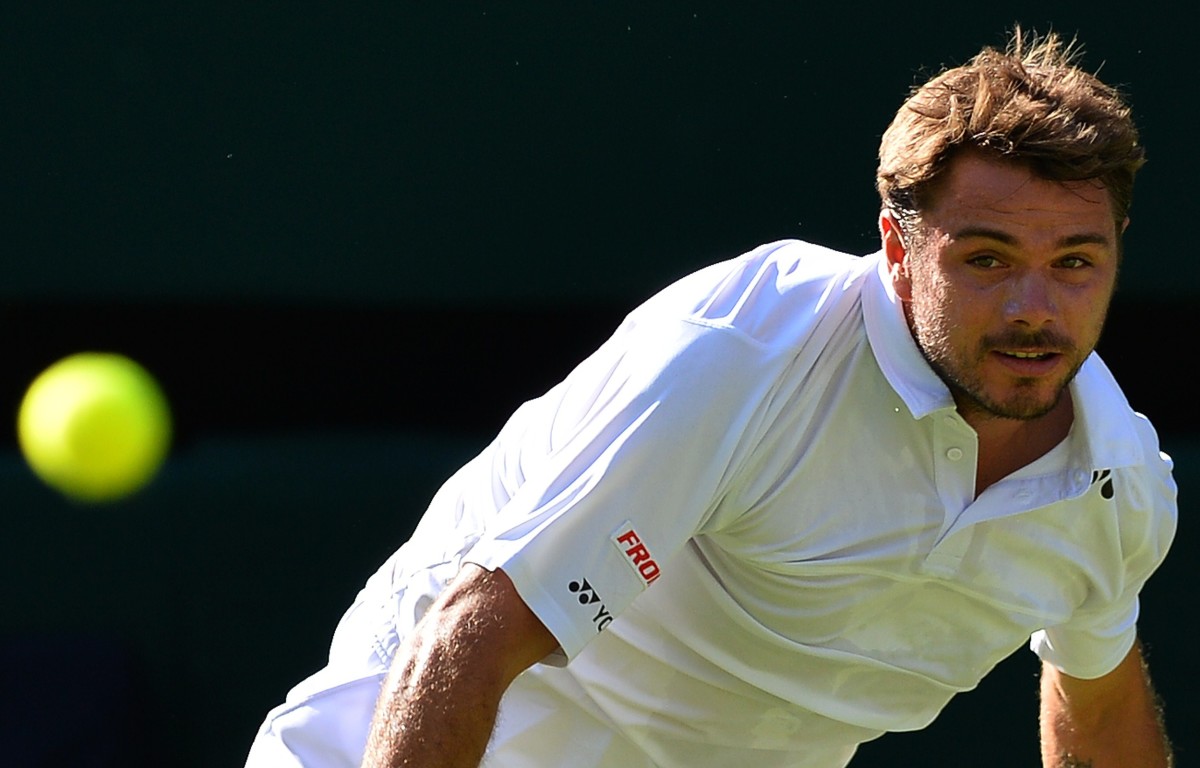
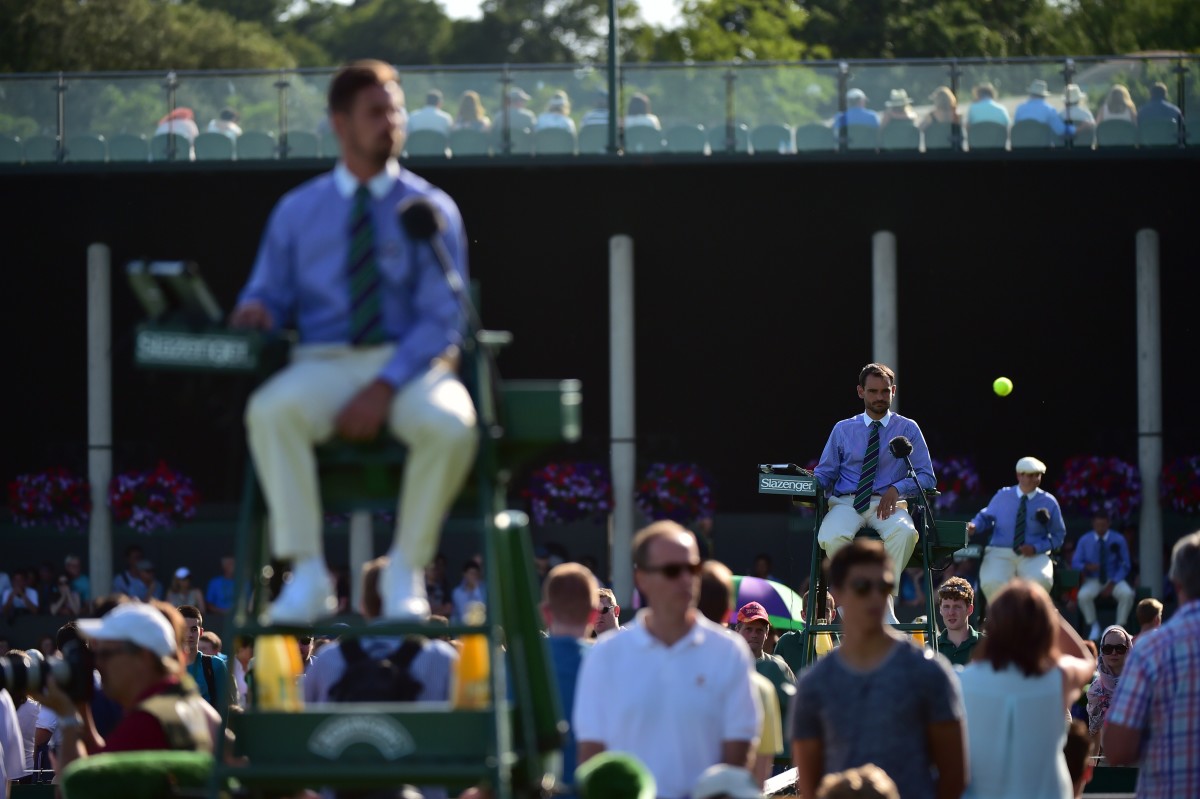
Maria Sharapova
